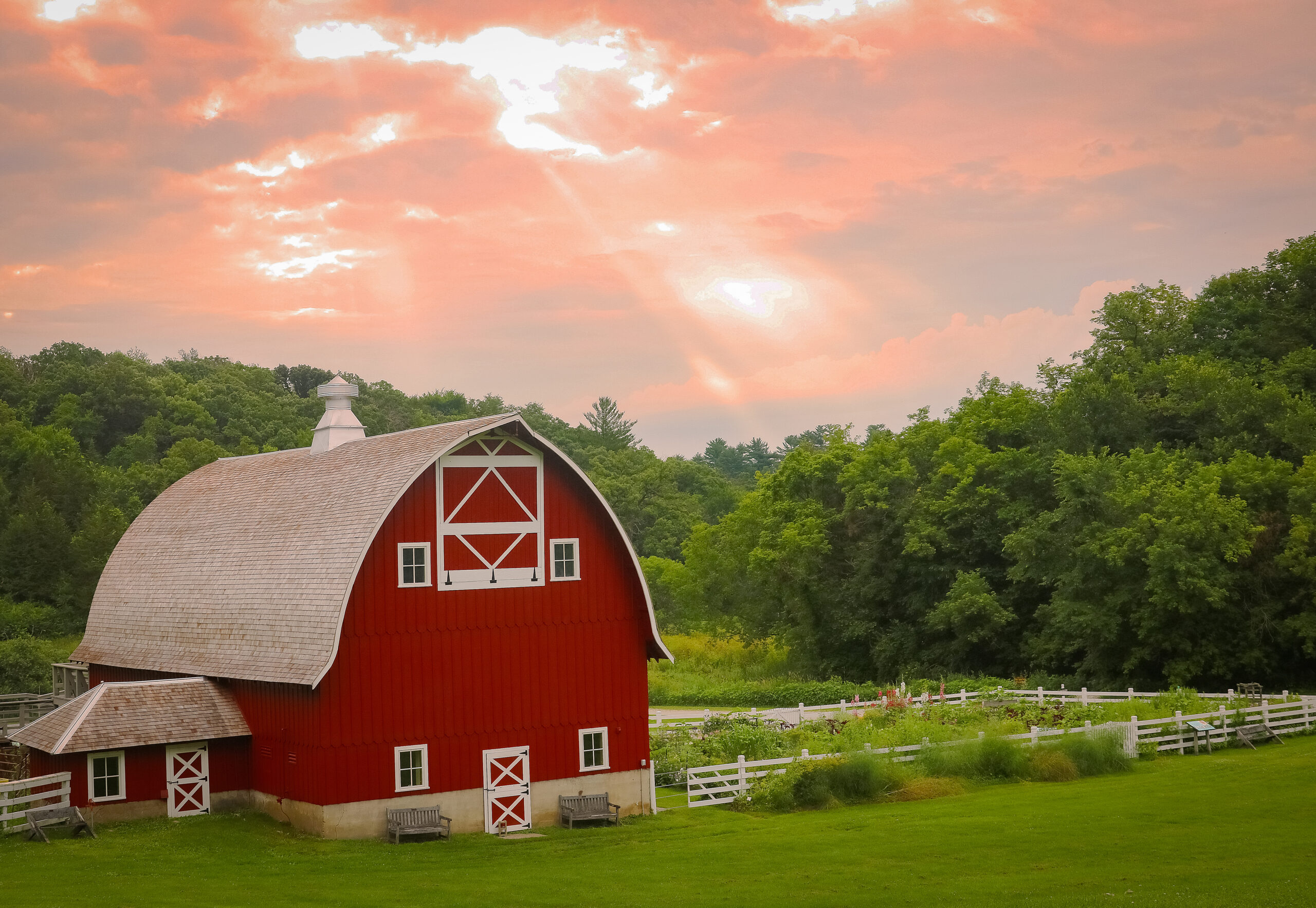digitS'
Garden Master
I wonder how often decisions on what to grow commercially ,.
. right down to the varieties, are made by food industry executives. They have the contracts for the farmers dangling from their hands.
Very, very few farmers are involved in direct marketing to consumers.
Steve
. right down to the varieties, are made by food industry executives. They have the contracts for the farmers dangling from their hands.
Very, very few farmers are involved in direct marketing to consumers.
Steve




